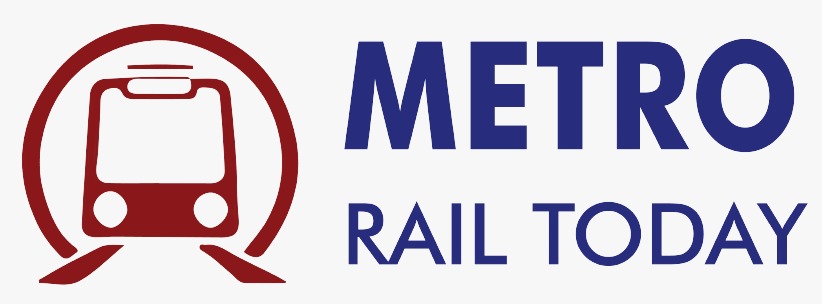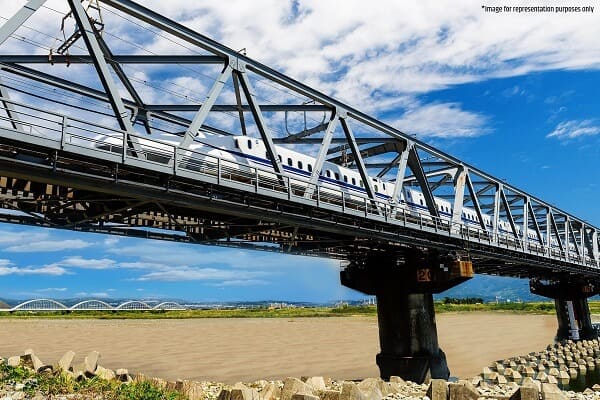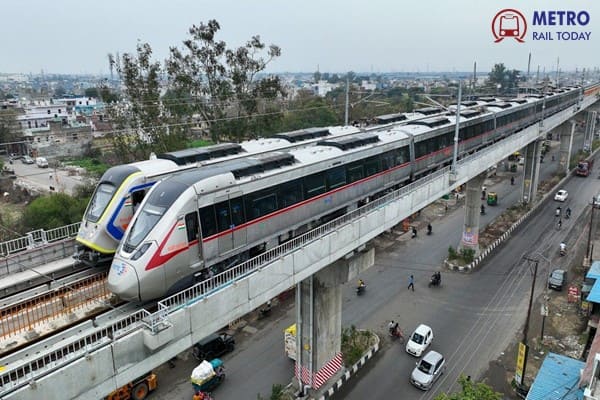 NCRTC celebrates ‘Namo Bharat Diwas’ to mark Two Years of India’s first Regional Rail service
NCRTC celebrates ‘Namo Bharat Diwas’ to mark Two Years of India’s first Regional Rail service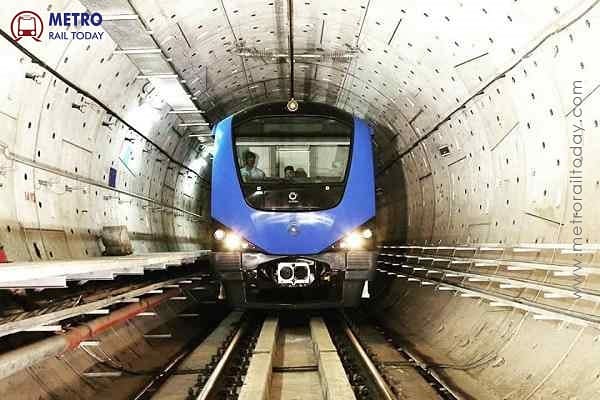 TBM Bhavani records fifth Tunnel Breakthrough for Chennai Metro Phase 2 Project
TBM Bhavani records fifth Tunnel Breakthrough for Chennai Metro Phase 2 Project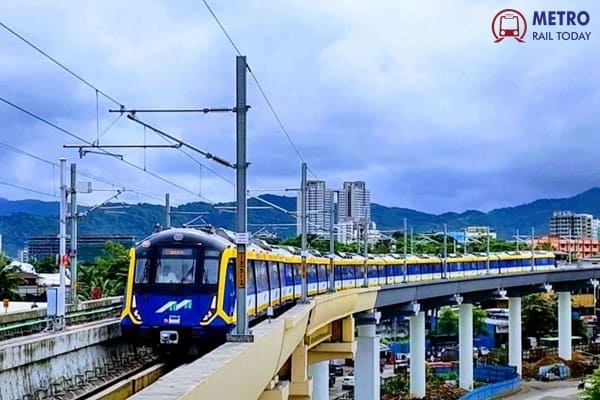 Leena Powertech bags ₹118 crore Electrical Work Contract for Mumbai Metro Line 7A & 9
Leena Powertech bags ₹118 crore Electrical Work Contract for Mumbai Metro Line 7A & 9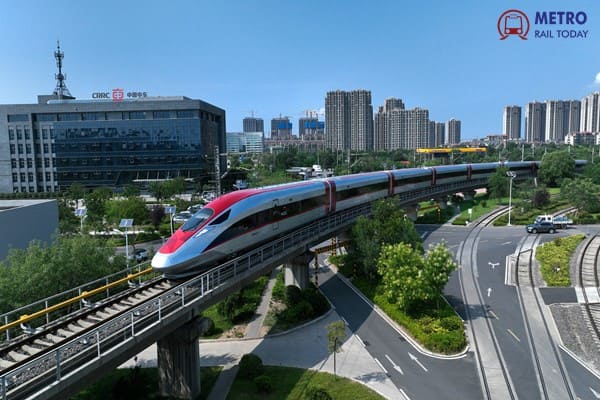 Bullet Train Index 2025: How China, India and the U.S. are shaping the future of High Speed Rail?
Bullet Train Index 2025: How China, India and the U.S. are shaping the future of High Speed Rail?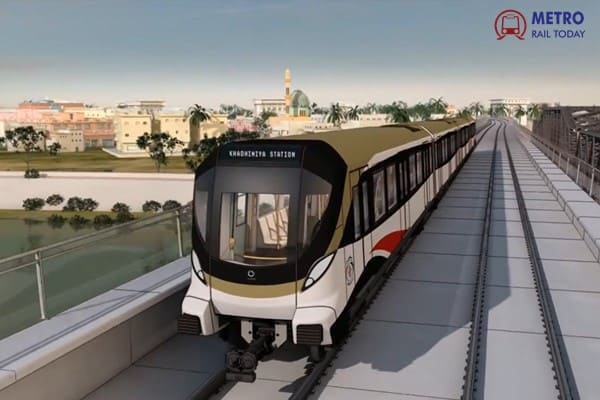 Iraq seeks private investment to fast-track $18 Billion Baghdad Metro Rail Project
Iraq seeks private investment to fast-track $18 Billion Baghdad Metro Rail Project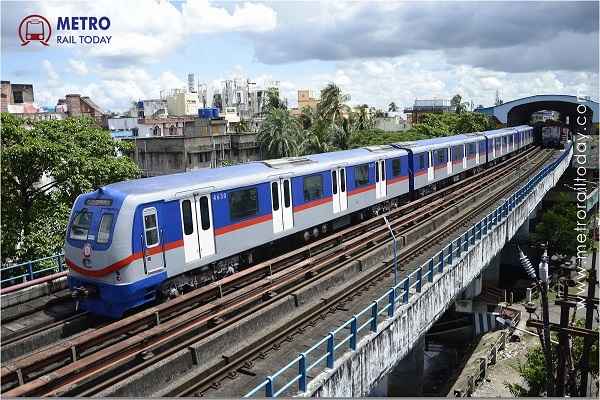 TBM Divya and Durga begin Tunnelling for Kolkata Metro Purple Line
TBM Divya and Durga begin Tunnelling for Kolkata Metro Purple Line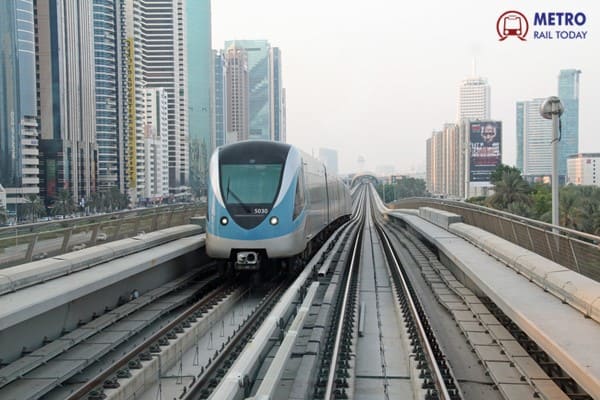 AECOM Bags Consultancy Contract for $5.5 Billion Dubai Metro Gold Line Project
AECOM Bags Consultancy Contract for $5.5 Billion Dubai Metro Gold Line Project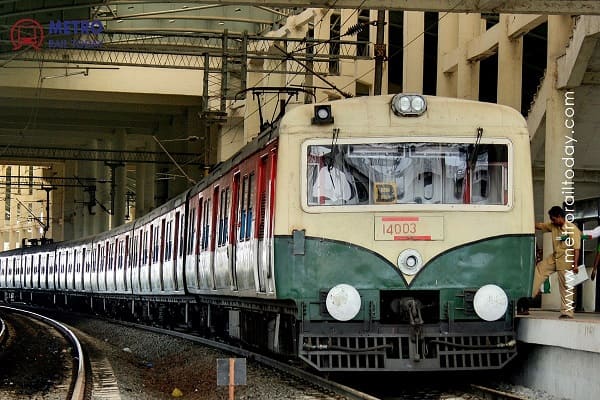 Taking over of Chennai MRTS by Chennai Metro Rail Limited
Taking over of Chennai MRTS by Chennai Metro Rail Limited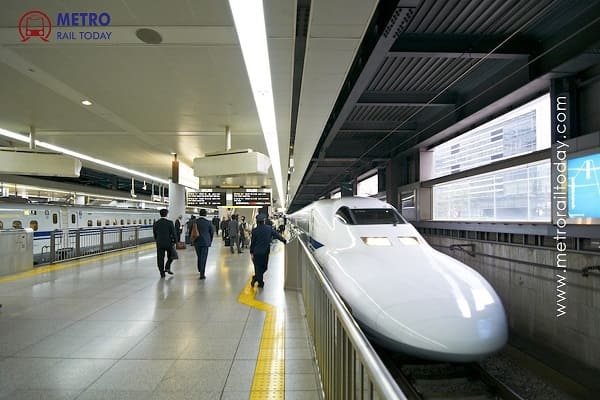 Afcons begins assembly of India’s Largest TBM for Mumbai–Ahmedabad Bullet Train Project
Afcons begins assembly of India’s Largest TBM for Mumbai–Ahmedabad Bullet Train Project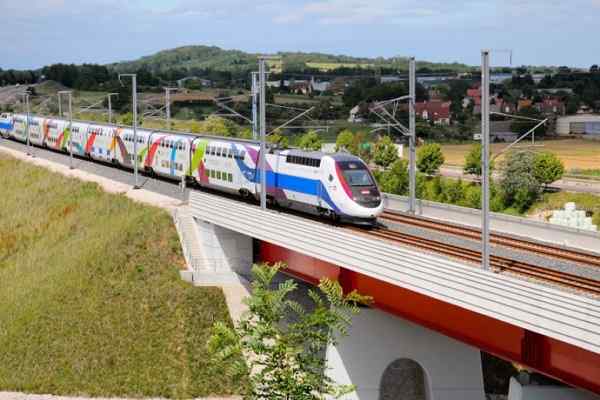 Uttar Pradesh approves Feasibility Study for Lucknow–Kanpur Semi High Speed Rail Corridor
Uttar Pradesh approves Feasibility Study for Lucknow–Kanpur Semi High Speed Rail Corridor
Bullet Train Index 2025: How China, India and the U.S. are shaping the future of High Speed Rail?

High-speed rail (HSR) has emerged as one of the most transformative modes of transportation in the 21st century. Capable of connecting cities at lightning speed, it is reshaping economies, lifestyles, and regional connectivity across continents. While only a handful of nations operate extensive networks today, dozens more are investing heavily to catch up — signaling a new golden age of high-speed rail travel.
According to data compiled by World Population Review (2025), China remains the undisputed global leader, operating more high-speed rail lines than the rest of the world combined. However, India, the United States, and several European and Middle Eastern nations are rapidly expanding their networks — setting the stage for a new global transport revolution.
Key Insights at a Glance
-
China has more than 64,400 km (40,000 miles) of total high-speed rail, including 40,470 km (25,149 miles) in operation.
-
India and the U.S. follow with massive projects in various stages of construction and planning.
-
The fastest commercial line in the world remains China’s Shanghai Maglev, reaching 431 km/h (268 mph).
-
The U.S. is reviving its high-speed rail dreams with projects like California HSR, Brightline West, and the Texas Central Railway.
-
Globally, HSR is seen as a key driver of economic integration, sustainable mobility, and regional growth.
China: The Undisputed Global Leader
China has revolutionized how high-speed rail can transform a nation. With over 65,000 kilometers of HSR either operational, under construction, or planned, China alone accounts for two-thirds of the global total.
| Country | Total Length(km) | Operational(km) | Under Construction(km) | Planned(km) |
|---|---|---|---|---|
| China | 64,810 | 40,470 | 13,065 | 11,240 |
| India | 7,985 | 0 | 509 | 7,480 |
| United States | 6,070 | 736 | 274 | 5,060 |
| Spain | 5,580 | 3,660 | 1,056 | 863 |
| Turkey | 4,660 | 1,053 | 1,596 | 2,010 |
| France | 4,460 | 2,734 | 0 | 1,725 |
| Japan | 3,676 | 3,080 | 402 | 195 |
| Egypt | 3,375 | 0 | 0 | 3,375 |
| Iran | 3,105 | 0 | 410 | 2,695 |
| Thailand | 2,642 | 0 | 252 | 2,386 |
| South Africa | 2,388 | 0 | 0 | 2,388 |
| Germany | 2,009 | 1,571 | 146 | 291 |
| Poland | 1,904 | 224 | 0 | 1,680 |
| Australia | 1,750 | 0 | 0 | 1,750 |
| Vietnam | 1,545 | 0 | 0 | 1,545 |
| Canada | 1,522 | 0 | 0 | 1,522 |
| Finland | 1,514 | 1,120 | 0 | 394 |
| Sweden | 1,411 | 860 | 214 | 338 |
| Italy | 1,247 | 921 | 327 | 0 |
| Russia | 1,080 | 0 | 658 | 421 |
| Czech Republic | 1,004 | 0 | 0 | 1,004 |
| South Korea | 922 | 872 | 48 | 0 |
| Latvia | 871 | 0 | 0 | 871 |
| Estonia | 871 | 0 | 0 | 871 |
| Morocco | 825 | 187 | 0 | 641 |
| Indonesia | 711 | 0 | 142 | 570 |
| United Kingdom | 679 | 113 | 225 | 341 |
| Austria | 607 | 254 | 282 | 71 |
| Brazil | 512 | 0 | 0 | 512 |
| Portugal | 497 | 0 | 81 | 418 |
| Saudi Arabia | 449 | 449 | 0 | 0 |
| Serbia | 388 | 0 | 76 | 312 |
| Norway | 333 | 0 | 0 | 333 |
| Mexico | 209 | 0 | 0 | 209 |
| Belgium | 209 | 209 | 0 | 0 |
| Bahrain | 180 | 0 | 0 | 180 |
| Switzerland | 175 | 175 | 0 | 0 |
| Hungary | 166 | 0 | 0 | 166 |
| Chile | 127 | 0 | 0 | 127 |
| Netherlands | 90 | 90 | 0 | 0 |
| Israel | 85 | 0 | 0 | 85 |
| Denmark | 56 | 56 | 0 | 0 |
(Conversion based on 1 mile = 1.609 km)
Why China’s High-Speed Rail Model Works
China’s high-speed network is not just large — it’s deeply integrated into the country’s economic and social fabric. The Chinese government views HSR as a strategic infrastructure tool for boosting domestic connectivity, supporting smaller cities, and reducing dependence on air travel.
China’s railways connect almost every major city within a few hours’ travel time. The Beijing–Shanghai corridor, for instance, carries over 100 million passengers annually. The Shanghai Maglev Line, built by Siemens and ThyssenKrupp, still holds the world record for commercial speed — reaching 431 km/h on its 30-km route between Pudong Airport and Longyang Road Station.
By investing in state-owned manufacturing, indigenous technology, and standardized design, China has drastically reduced construction costs — making it the most cost-efficient and scalable HSR model globally.
India’s Ambitious Leap Forward
India, which currently has no operational HSR lines, is rapidly developing its first — the Mumbai–Ahmedabad Bullet Train, based on Japan’s Shinkansen technology. The 508-km corridor is under construction with full-scale progress now visible in Gujarat and Maharashtra.
Beyond this flagship route, India plans to add more than 7,400 km of new HSR corridors under the National Rail Plan 2030. These include major routes such as Delhi–Varanasi, Delhi–Ahmedabad, and Chennai–Mysuru, positioning India as the second-largest country in planned high-speed rail capacity.
America’s Long Road to High-Speed Rail
The United States — home to the world’s most extensive air and highway networks — has historically struggled to adopt high-speed rail. Despite decades of ambition, only 457 miles (736 km) of track is currently operational, mostly comprising Amtrak’s Acela Express in the Northeast Corridor, which tops out at 240 km/h.
However, multiple HSR projects are finally gaining traction:
-
California High-Speed Rail: Aims to connect San Francisco and Los Angeles via the Central Valley. Approved in 2008, it has faced years of political and financial challenges but continues to make progress in key sections.
-
Brightline West: A privately funded line under construction between Las Vegas and Southern California, scheduled for completion before the 2028 Los Angeles Olympics.
-
Texas Central Railway: Modeled after Japan’s Shinkansen, it will connect Dallas and Houston in under 90 minutes.
While the U.S. lags behind Asia and Europe in operational length, these projects mark a turning point in its transportation policy, emphasizing sustainability, speed, and convenience over short-haul flights.
Europe’s Mature Yet Expanding Network
Europe remains a major player in high-speed rail, led by Spain, France, and Germany. Spain has over 3,660 km of operational lines, second only to China, with the AVE network connecting Madrid, Barcelona, Seville, and Valencia.
France’s iconic TGV (Train à Grande Vitesse) continues to be a model of speed and efficiency, while Germany’s ICE network integrates cross-border services with Switzerland, Austria, and the Netherlands. Together, these systems form the European HSR backbone, demonstrating interoperability and shared technological standards.
The Global HSR Boom: Middle East, Africa, and Asia-Pacific
Several emerging economies are joining the HSR revolution:
-
Egypt is building a 2,100-km greenfield HSR network, connecting Cairo, the New Administrative Capital, and the Red Sea.
-
Indonesia launched its first Jakarta–Bandung High-Speed Line in 2023 — the first of its kind in Southeast Asia.
-
Saudi Arabia’s Haramain Express connects Mecca and Medina at speeds of 300 km/h, marking the Middle East’s entry into the high-speed era.
Meanwhile, Vietnam, Thailand, and Malaysia have multiple corridors in the planning stage, further expanding Asia’s HSR footprint.
Why High-Speed Rail Matters for the Future
High-speed rail is not merely about speed — it’s about sustainability, regional integration, and economic efficiency. Modern HSR systems emit up to 90% less CO₂ per passenger-kilometer compared to air travel, while drastically cutting travel times between major cities.
For densely populated nations like China and India, it’s a strategic necessity — helping decongest airports, balance regional growth, and support urbanization. For developed nations like the U.S., it’s a climate-friendly alternative to domestic flights and car travel.
Conclusion: A Fast-Approaching Future
The global expansion of high-speed rail underscores a fundamental shift in how nations view transportation infrastructure. China’s dominance, India’s momentum, and America’s renewed ambition highlight how railways are reclaiming their place at the heart of mobility planning.
As new lines open and technologies like maglev and hydrogen-powered trains mature, the next decade could see an unprecedented wave of HSR connectivity — linking cities, regions, and economies faster than ever before.
The race for high-speed rail supremacy is no longer about national pride — it’s about shaping a more connected, sustainable, and efficient future for the world.
